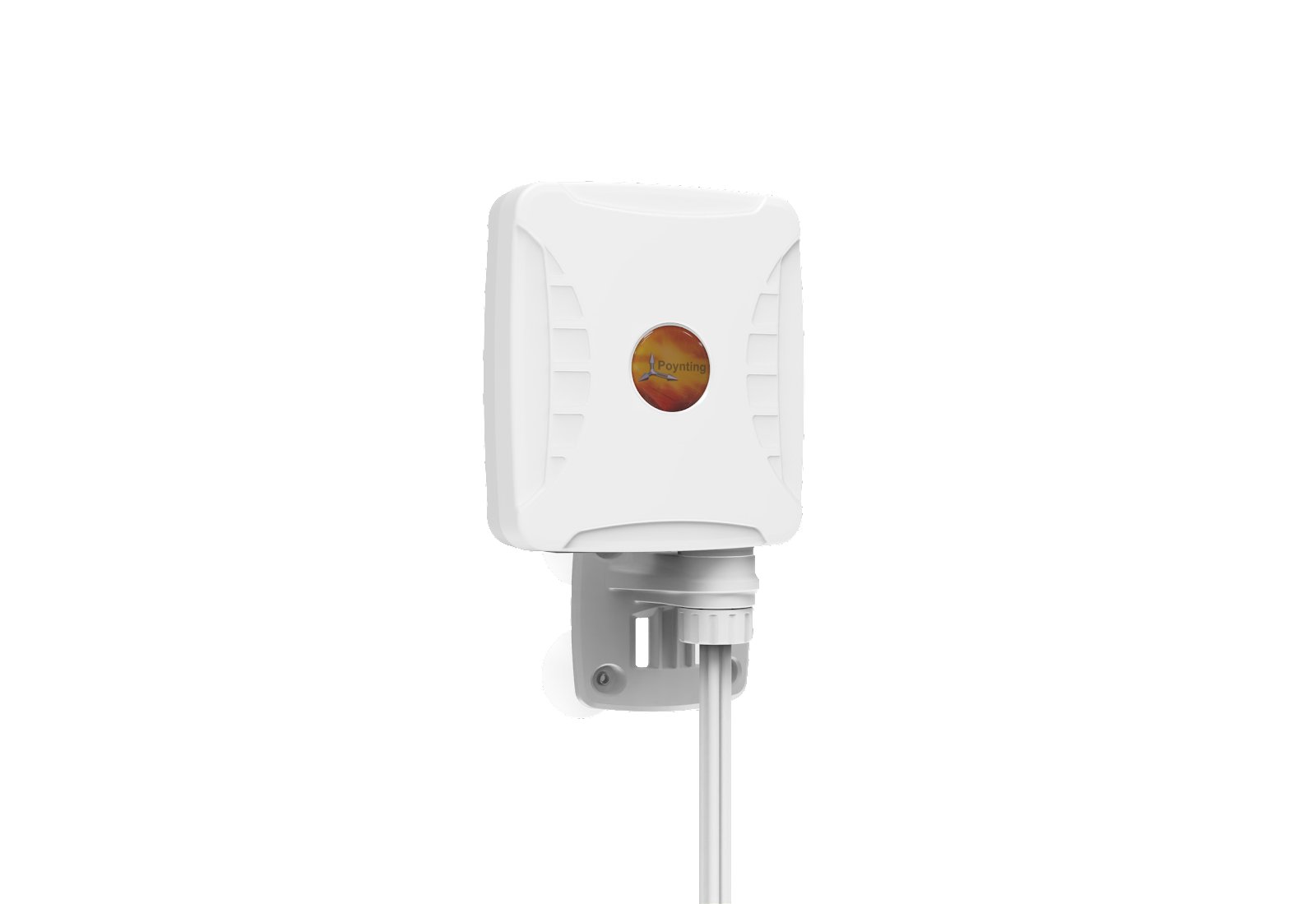Do I need an XPOL-1 or an XPOL-2?
Whether you need the XPOL-1 or the XPOL-2 will depend on your unique use case - this FAQ should help you find out which is the best option for you.
The XPOL-1 and XPOL-2 are both different types of cross-polarised Poynting antennas. The XPOL-1 is omni-directional, and the XPOL-2 is directional.
What's the difference between directional and omni-directional antennas?
Omni-directional antennas allow connectivity in all directions by providing a 360 degree radiation pattern, and are generally easier to install because you can place them anywhere you desire.
Directional antennas have a radius of approximately 45-90 degrees, focussing energy in a specific direction, and limiting connectivity to that area. Using a directional antenna can help overcome interference, and provide better coverage with more structure.
Now that we know the basics, let's dive into some more in depth features that differ between each product.
Carrier Aggregation
In some situations, an omni-directional antenna is more appropriate to use due to the location of nearby masts. Using an omni-directional antenna can allow you to benefit from carrier aggregation. Carrier aggregation is when the antenna combines two data connections from separate carriers to send all data through to the same location much faster.
MiMo (Multi in Multi out)
Devices such as the XPOL-1 not only support MIMO, but actually increase data transfer rates, and therefore, speed. MIMO allows the device to establish multiple connections and send data simultaneously. This is beneficial for urban locations as the signal reflects from nearby buildings and ‘around’ corners, something a directional antenna may be unable to do.
Rural Environments
In more rural environments, you would see more benefits of the XPOL-2; a directional antenna. Directional antennas are less likely to be affected by interference, and its energy can be ‘pointed’ in specific directions, whereas the Omni-directional antenna can pick up interference from all directions.
Summary
If you're in an urban area looking to increase speed and signal strength, the XPOL-1 may be an option better suited for you, whereas if you're in a rural location with poor signal, generally, the XPOL-2 is the more appropriate choice.
We have a detailed blog on Omni or Directional antennas here if you’d like to learn a little more about our Poynting Antenna range. If you've got a marine application we have a blog on that too!


